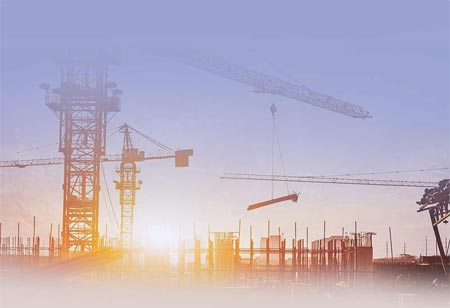Thank you for Subscribing to Construction Business Review Weekly Brief
Specials
- MEP Canada
- Kitchen and Bath
- Decking Canada
- Architectural Glass Europe
- MEP APAC
- Construction Saudi Arabia
- German Apartment and Condominium Contractors
- Construction Law APAC
- Outdoor Construction
- Foundation Construction Canada
- Building Sealing Solutions Europe
- Apartment and Condominium Contractors Canada
- Cold Storage Construction APAC
- Precast Concrete Europe
- Construction Staffing Europe
- Pre-Construction Services
- Flooring System APAC
- Scaffolding Canada
- Swimming Pool Construction Canada
- Construction Management Canada
- Dummy
- Building Restoration and Maintenance Canada
- Residential Construction
- Concrete Canada
- Construction Cladding Europe
- Construction Cladding APAC
- Concretes, Aggregates and Construction Materials APAC
- Concretes, Aggregates and Construction Materials Europe
- Commercial Contractors Europe
- Commercial Contractors APAC
- Cold Storage Construction Canada
- Flooring Systems Europe
- Construction Management APAC
- Landscaping Canada
- Construction Coating Europe
- Construction Tech Startups Europe
- Insulation Services Europe
- Mechanical Contractor Canada
- Mould Remediation and Testing Europe
- Swimming Pool Construction APAC
- Construction Engineering Services
- Mechanical Electrical and Plumbing
- Roofing Systems Europe
- Architectural Glass APAC
- Startups APAC
- Forensic and Owners Representative
- Flooring System
- Waterproofing APAC
- Wall Systems
- Safety and Compliance Europe
- Construction Bidding and Auctions
- Modular and Prefab Construction
- Architectural Glass
- Construction MENA
- Construction Demolition and Recycling Europe
- Modular Construction Europe
- Construction Interiors
- Steel Building APAC
- HVAC
- Doors and windows
- Modular Construction APAC
- Insulation, Coating and Waterproofing
- Building Information Modeling APAC
- Sustainable Construction APAC
- Building Restoration and Maintenance
- Commercial Contractors
- Specialty Construction
- Construction Engineering Canada
- Construction Engineering MENA
- Modular Construction Canada
- Roofing and Siding Systems
- Construction Latam
- Workforce Management and Staffing
- Roofing Systems APAC
- Construction Consulting
- Steel Building Europe
- Construction Demolition and Recycling APAC
- Safety and Compliance APAC
- Concretes, Aggregates and Materials
- Construction Cladding
Game-changing Contribution of CFS in the Construction Industry
When it comes to adopting new technologies, the construction industry has traditionally been very slow.

By
Construction Business Review | Monday, February 13, 2023
Stay ahead of the industry with exclusive feature stories on the top companies, expert insights and the latest news delivered straight to your inbox. Subscribe today.
Engineers and architects are particularizing cold-formed steel (CFS) framing to meet project goals and also to increase efficiency, address climate change, and develop resilient buildings.
FREMONT, CA: When it comes to adopting new technologies, the construction industry has traditionally been very slow. The growing use of cold-formed steel and off-site construction processes is modernising the industry. Designers have turned to multiple new trends and technologies in order to minimise change orders, increase efficiency, enhance their return on investment and improve the quality of their projects. Engineering firms and business owners who adopt new technology quickly realise improved outcomes, reduced construction costs, increased job site safety, and higher returns on their investments.
Sustainability
Several individuals actively work to reduce their carbon footprints because they are concerned about climate change. The architectural and engineering community adopts materials that provide ecologically friendly construction solutions to reflect this concern. Cold-formed steel (CFS) framing is accepted in all green building standards given that it is recyclable, durable, uses less overall construction material, and is dimensionally stable.
Steel framing is remade without any loss of quality as it contains a minimum of 25 per cent recycled steel and is perpetually and completely recyclable. The majority of other building materials can only be down-cycled into substandard products. Despite the debris that building sites produce, steel framing reduces site waste since steel can be recycled.





